The Rise and Fall of the Khmer Empire - A Case Study
Exploring the captivating saga of the Khmer Empire unveils a riveting tale of grandeur and downfall, a narrative steeped in historical significance and cultural richness. This case study delves into the intricate tapestry of events that shaped the empire's trajectory, from its humble beginnings to its eventual decline, leaving a lasting legacy that echoes through the annals of time.
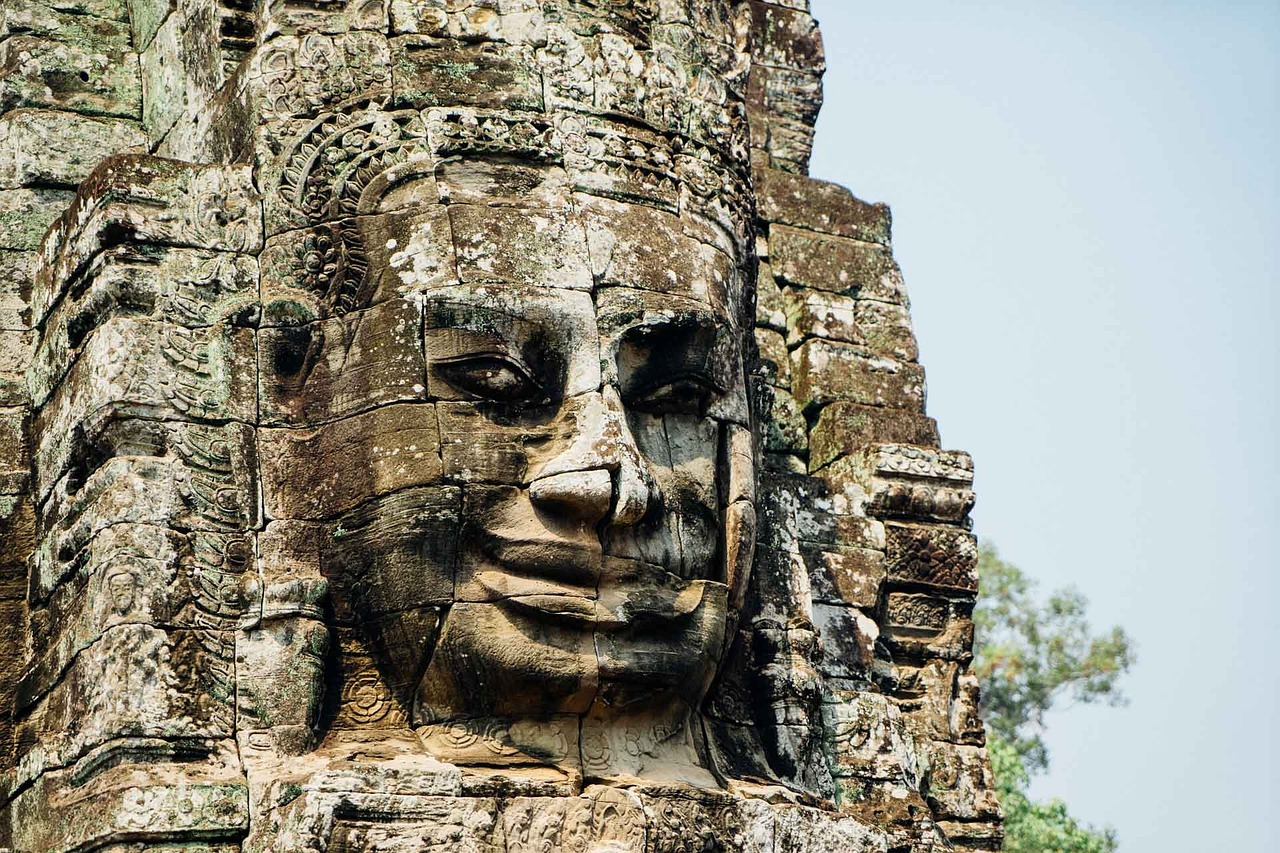
Historical Background
Topics to be discussed in the article include the historical background, rise to power, architectural marvels, religious influences, internal conflicts, external invasions, decline, legacy, and modern-day significance of the Khmer Empire.
The historical background of the Khmer Empire traces back to its early settlements and the establishment of the kingdom in Southeast Asia. Initially, the Khmer people inhabited the region, influenced by various cultural elements that shaped their identity. Over time, the kingdom emerged as a dominant force in the region, marking the beginning of a remarkable era in Cambodian history.
The early Khmer settlements laid the foundation for the empire's growth, with communities flourishing along the Mekong River and Tonle Sap. These settlements served as the breeding ground for the development of Khmer culture, language, and societal norms. As the population expanded and resources were utilized efficiently, the Khmer Empire began to take shape, establishing its unique identity amidst neighboring civilizations.
One pivotal moment in the empire's history was the ascension of Jayavarman II, a visionary leader who centralized power and laid the groundwork for future expansion. Under his rule, the Khmer Empire gained momentum, consolidating its authority and asserting its influence over surrounding territories. Jayavarman II's reign marked the beginning of a golden age for the empire, setting the stage for its rise to power and prominence in Southeast Asia.
As the Khmer Empire expanded its reach, it absorbed diverse cultural influences, blending indigenous traditions with external practices. This cultural fusion enriched the empire's artistic expressions, architectural achievements, and religious beliefs, creating a vibrant tapestry of Khmer civilization. The kingdom's prosperity and cultural vibrancy during this period laid the groundwork for the architectural marvels and religious influences that would define its legacy.
The historical background of the Khmer Empire reflects a journey of growth, adaptation, and transformation that shaped its destiny. From humble beginnings to a flourishing civilization, the empire's evolution embodies the resilience and ingenuity of the Khmer people, paving the way for a legacy that continues to captivate the world.
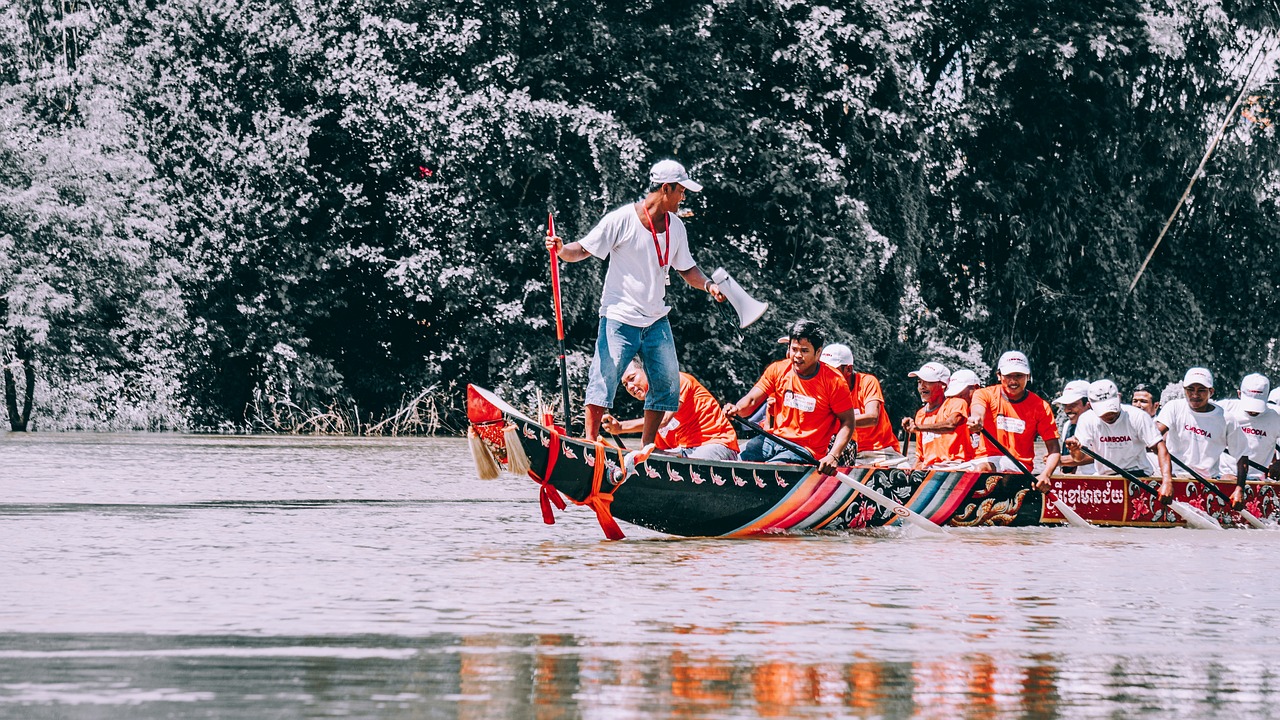
Rise to Power
The rise to power of the Khmer Empire was a remarkable journey marked by strategic expansion and strong leadership. Initially, the empire began as a collection of small settlements in Southeast Asia, gradually growing in influence and power. Under the reign of Jayavarman II, the Khmer Empire saw a significant transformation. Jayavarman II established a centralized government, consolidating control over the region and laying the foundation for future expansion.
One of the key factors contributing to the empire's rise was its ability to adapt and incorporate diverse cultural influences. By embracing elements from Indian civilization, particularly in terms of religion and governance, the Khmer Empire was able to strengthen its position and establish itself as a dominant force in the region.
During the Angkor period, the Khmer Empire reached its peak, expanding its territory to encompass present-day Cambodia, Thailand, Laos, and parts of Vietnam. This period was characterized by immense architectural achievements, symbolizing the empire's grandeur and power. The construction of iconic temples like Angkor Wat and Bayon not only showcased the empire's engineering prowess but also served as a testament to its cultural and religious significance.
As the empire continued to flourish, it attracted skilled artisans, architects, and intellectuals, further enhancing its cultural and artistic achievements. The Khmer rulers, known for their ambitious building projects and patronage of the arts, played a crucial role in solidifying the empire's reputation as a center of innovation and creativity.
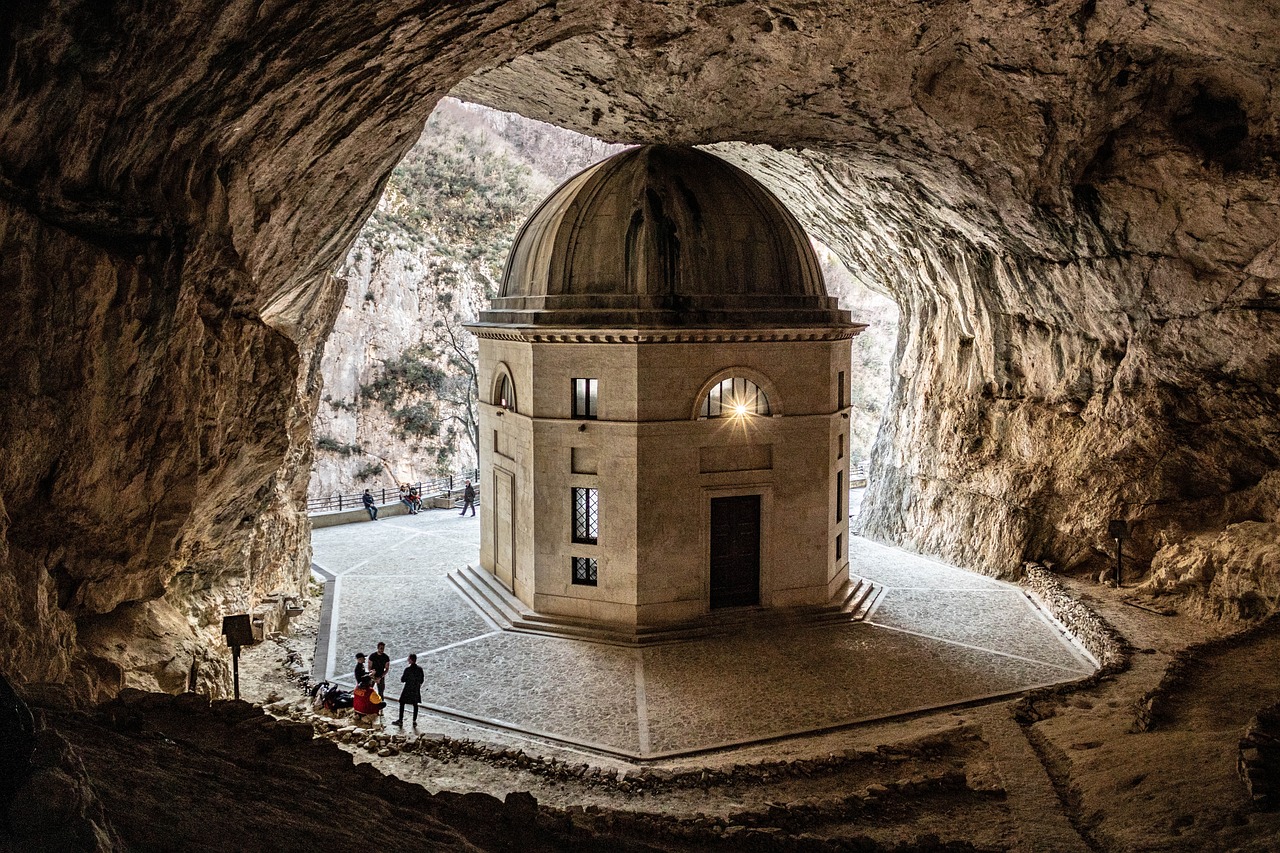
Architectural Marvels
When we think of the Khmer Empire, one of the first things that come to mind is its breathtaking architectural marvels that have stood the test of time. The empire's legacy is immortalized in the grandeur and symbolism of structures like Angkor Wat and Bayon, which continue to awe visitors with their intricate designs and engineering feats.
Angkor Wat, the crown jewel of Khmer architecture, is a testament to the empire's devotion to Hinduism and its mastery of temple construction. This massive temple complex, dedicated to the god Vishnu, is a symbol of cosmic harmony and the earthly representation of Mount Meru. Its intricate bas-reliefs and towering spires leave visitors in awe of the empire's artistic and engineering prowess.
Bayon, with its iconic stone faces carved into its towers, stands as a testament to the empire's shift towards Buddhism under King Jayavarman VII. This enigmatic temple city, with its labyrinthine layout and serene atmosphere, reflects the spiritual and artistic fusion that defined the Khmer Empire's architectural style.
Moreover, the Khmer Empire's architectural achievements were not limited to these two iconic structures. The empire's engineers and artisans created a vast network of temples, reservoirs, and urban centers that showcased their ingenuity and dedication to religious and royal symbolism.
Each stone block, each intricate carving, and each towering spire of the Khmer Empire's architectural marvels tell a story of a civilization that reached great heights in art, culture, and engineering. These structures continue to inspire awe and admiration, serving as a reminder of the empire's once-mighty presence in Southeast Asia.
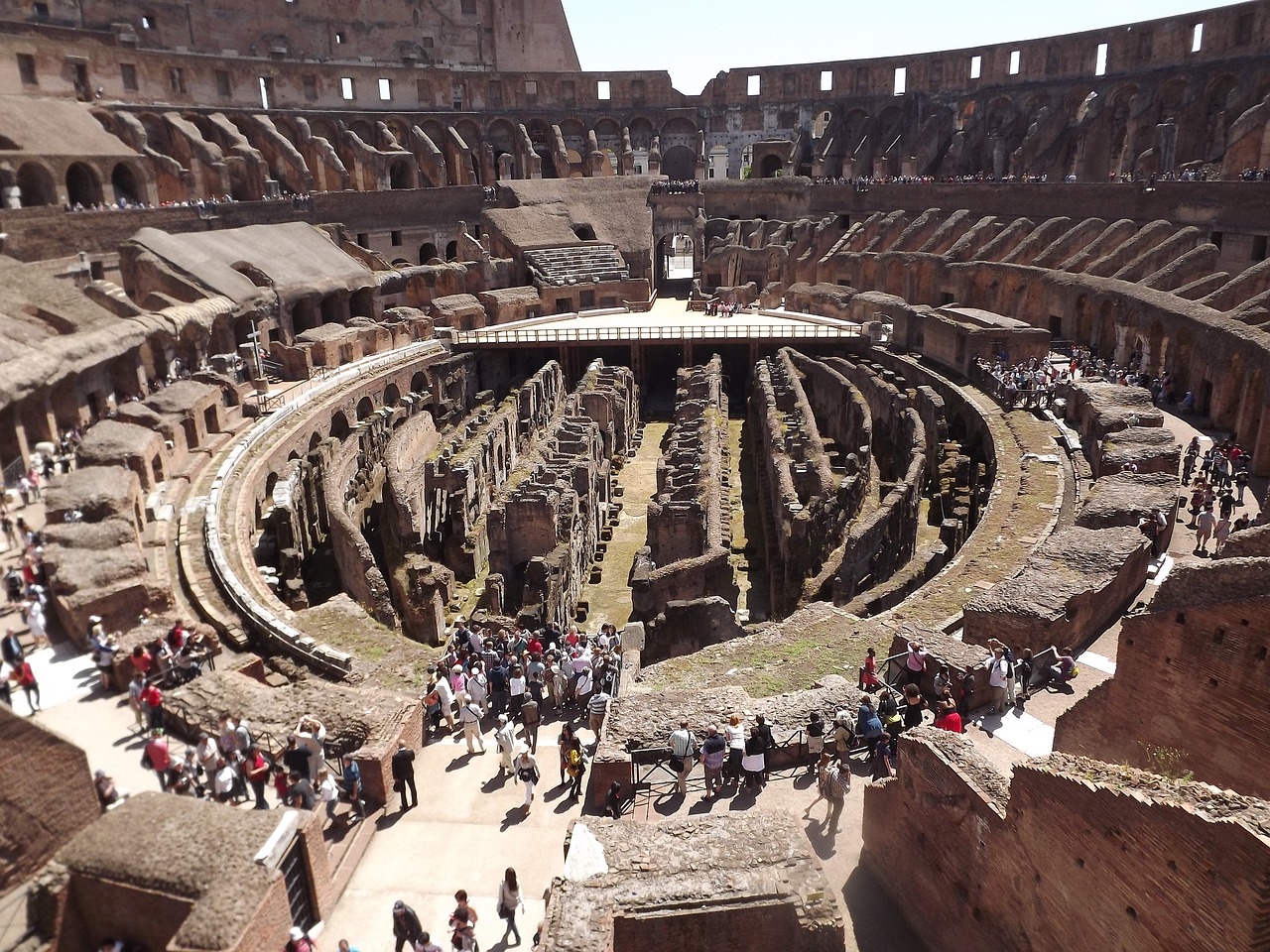
Religious Influences
Religious influences played a pivotal role in shaping the Khmer Empire, with both Hinduism and Buddhism leaving a lasting impact on the beliefs, rituals, and art of the Khmer people. The empire's religious landscape was a dynamic fusion of these two faiths, each contributing unique elements to the spiritual fabric of the society. Hinduism, with its pantheon of deities and elaborate rituals, provided a framework for the royal court and state ceremonies, while Buddhism offered a path of personal salvation and ethical conduct for the populace.
One of the most significant religious structures built by the Khmer Empire, Angkor Wat, stands as a testament to the empire's devotion to Hindu gods like Vishnu and Shiva. The intricate carvings and towering spires of Angkor Wat symbolize the cosmic order and the divine connection between the ruler and the gods. Similarly, the Bayon temple, with its enigmatic smiling faces of Avalokiteshvara, reflects the empire's embrace of Mahayana Buddhism and its emphasis on compassion and wisdom.
Religion permeated every aspect of Khmer society, influencing not only spiritual practices but also governance and social hierarchy. The divine authority of the king, believed to be a devaraja or god-king, was legitimized through religious ceremonies and rituals, reinforcing the monarch's role as the intermediary between the earthly realm and the divine realm. The construction of temples and religious monuments served as acts of piety and merit-making, ensuring the prosperity and protection of the empire.
Moreover, the religious fervor of the Khmer Empire extended beyond the confines of temples, shaping artistic expressions, literature, and dance forms. The epics and myths of Hinduism and Buddhism inspired the creation of intricate sculptures and bas-reliefs, depicting celestial beings, epic battles, and divine narratives. Dance performances, such as the Apsara dance, celebrated the beauty and grace of celestial nymphs, embodying the spiritual essence of the empire's religious beliefs.
In conclusion, the religious influences on the Khmer Empire were profound and multifaceted, serving as the spiritual bedrock upon which the empire's cultural identity and artistic achievements flourished. The interplay between Hinduism and Buddhism not only enriched the religious landscape of the empire but also contributed to its enduring legacy as a beacon of spiritual enlightenment and artistic innovation.

Internal Conflicts
Internal conflicts within the Khmer Empire were like turbulent storms brewing within a majestic kingdom. Power struggles, succession disputes, and civil unrest plagued the empire, weakening its foundations and sowing seeds of discord among its people. The struggle for control and dominance among the ruling elite often led to violent confrontations, leaving scars on the empire's unity and stability.
Imagine a royal court filled with whispers of betrayal and ambitions clashing like swords in the darkness. The Khmer Empire, once a beacon of power and prosperity, found itself entangled in a web of internal strife that threatened to unravel the fabric of its society. Succession disputes, fueled by greed and thirst for power, tore at the heart of the empire, creating rifts that widened with each passing conflict.
As the empire grappled with internal turmoil, the once unified front began to fracture, with different factions vying for control and influence. Civil unrest simmered beneath the surface, erupting into violent clashes that shook the very core of the Khmer Empire. The struggle for supremacy within the ruling class cast a shadow over the empire's future, clouding its once bright prospects with uncertainty and fear.
Despite the grandeur of its temples and the magnificence of its architecture, the Khmer Empire was not immune to the corrosive effects of internal conflicts. The voices of dissent grew louder, echoing through the corridors of power and challenging the authority of the rulers. The empire's strength, once unquestioned, now stood tested by the fires of discord burning within its borders.
Ultimately, the internal conflicts within the Khmer Empire played a significant role in its eventual decline and fall. The seeds of discord sown in the empire's golden age bore bitter fruit, leading to a weakening of its foundations and paving the way for external forces to exploit its vulnerabilities. The legacy of internal strife serves as a cautionary tale, reminding us of the fragility of power and the destructive potential of unchecked ambition.

External Invasions
External invasions played a significant role in the eventual decline of the mighty Khmer Empire. The empire faced numerous conflicts with neighboring kingdoms, most notably the Cham and the Siamese. These external invasions not only posed military threats but also had lasting impacts on the Khmer Empire's territorial integrity and available resources. The constant pressure from external forces strained the empire's defenses and resources, weakening its ability to maintain control over its vast territories.

Decline
As the Khmer Empire entered the later centuries of its existence, a myriad of challenges began to emerge, signaling the onset of its decline. One significant factor contributing to this decline was the environmental changes that took a toll on the empire's agricultural productivity. The once fertile lands that supported the empire's population began to face issues such as deforestation, soil erosion, and changing climate patterns, leading to food shortages and economic strain.
Moreover, internal strife and political turmoil further weakened the Khmer Empire from within. Succession disputes among various claimants to the throne resulted in power struggles and civil unrest, fragmenting the once unified empire. The lack of a stable leadership structure and the constant infighting among the ruling elite sapped the empire's strength and ability to govern effectively.
External invasions also played a significant role in hastening the decline of the Khmer Empire. Constant conflicts with neighboring kingdoms, such as the Cham and the Siamese, put immense pressure on the empire's borders and resources. The repeated invasions and territorial losses further destabilized the empire, draining its military and economic resources in futile attempts to defend its territories.
Furthermore, economic challenges, including dwindling trade routes and declining revenue sources, added to the empire's woes. The once prosperous economy of the Khmer Empire suffered setbacks due to disruptions in trade networks and the loss of key trading partners. This economic downturn exacerbated the existing internal conflicts and external pressures, pushing the empire towards its inevitable decline.
In the face of these mounting challenges, the once mighty Khmer Empire began to crumble, leading to the abandonment of its grand capital city, Angkor. The gradual decline of the empire marked the end of an era, leaving behind a legacy of cultural richness and architectural splendor that continues to captivate the world to this day.

Legacy
The legacy of the Khmer Empire is a testament to its remarkable achievements and lasting impact on Southeast Asian history. Through its cultural and artistic contributions, the empire continues to shape the identity of modern Cambodia and inspire awe in visitors from around the world.
One of the most enduring legacies of the Khmer Empire is its architectural marvels, particularly the iconic temples of Angkor. These magnificent structures, such as Angkor Wat and Bayon, stand as a testament to the empire's grandeur and engineering prowess. The intricate carvings, towering spires, and intricate layouts of these temples showcase the empire's dedication to artistry and religious devotion.
Beyond the physical remains, the Khmer Empire's legacy lives on in the spiritual beliefs and cultural practices of the Cambodian people. The influence of Hinduism and Buddhism, which were integral to the empire's governance and society, continues to shape the spiritual landscape of Cambodia. Rituals, festivals, and art forms bear traces of the empire's religious heritage, connecting modern Cambodians to their ancient past.
Moreover, the Khmer Empire's legacy extends to the realm of scholarship and historical preservation. Efforts to study and protect the empire's heritage have led to a deeper understanding of its achievements and challenges. Archaeological excavations, conservation projects, and academic research all contribute to safeguarding the legacy of the Khmer Empire for future generations.
In contemporary Cambodia, the legacy of the Khmer Empire serves as a source of national pride and a symbol of resilience. The empire's rise and fall remind the Cambodian people of the importance of unity, innovation, and cultural preservation. By learning from the past, Cambodia continues to honor the legacy of the Khmer Empire and ensure that its rich history remains alive for years to come.
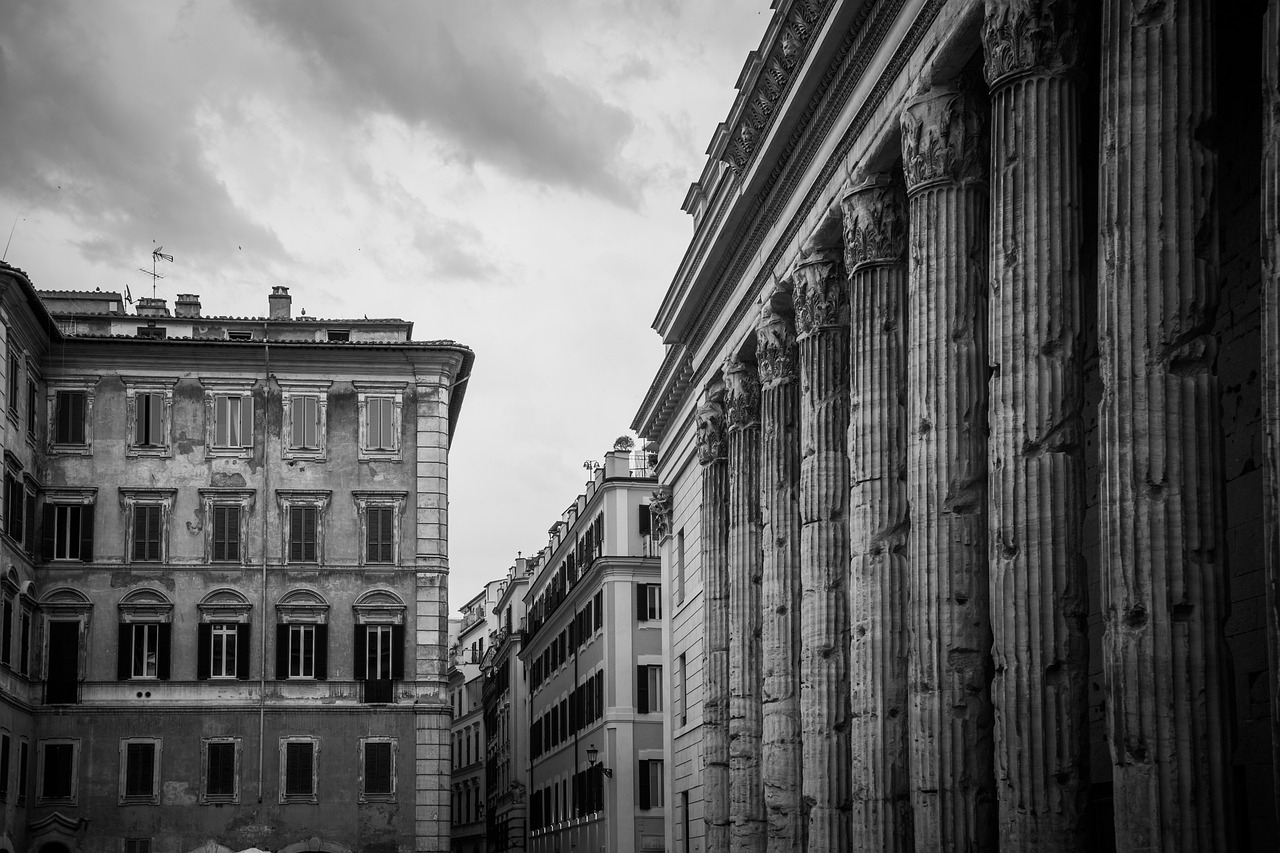
Modern-day Significance
Modern-day Significance of the Khmer Empire lies in its profound impact on contemporary Cambodia, serving as a cultural and historical beacon that continues to shape the nation's identity and development. The legacy of the empire is prominently reflected in the architectural wonders left behind, drawing tourists from around the globe to marvel at the intricate carvings of Angkor Wat and the enigmatic faces of Bayon.
Furthermore, the spiritual heritage of the Khmer Empire endures through the fusion of Hindu and Buddhist traditions in Cambodia's religious practices and art forms. This rich tapestry of beliefs influences daily life, festivals, and ceremonies, reinforcing the connection between past and present generations.
Moreover, the lessons learned from the rise and fall of the Khmer Empire serve as a cautionary tale for modern governance and diplomacy. The internal conflicts and external invasions faced by the empire underscore the importance of unity, diplomacy, and strategic alliances in maintaining sovereignty and stability in the face of external threats.
In the realm of academia, the study of the Khmer Empire continues to captivate scholars and researchers, shedding light on ancient urban planning, hydraulic engineering, and cultural exchange. The empire's intricate network of canals, reservoirs, and temples offers valuable insights into sustainable development practices and architectural ingenuity.
Ultimately, the modern-day significance of the Khmer Empire transcends mere historical curiosity, resonating deeply with the people of Cambodia as a source of pride, inspiration, and resilience in the face of adversity. As the nation navigates the complexities of globalization and modernization, the enduring legacy of the Khmer Empire serves as a reminder of the country's rich cultural heritage and the need to preserve it for future generations.
Frequently Asked Questions
- What was the significance of Angkor Wat?
Angkor Wat, a UNESCO World Heritage site, is renowned for its architectural grandeur and symbolic representation of Hindu cosmology. It served as a temple dedicated to the Hindu god Vishnu and later transformed into a Buddhist shrine, showcasing the cultural and religious evolution of the Khmer Empire.
- How did religion influence the governance of the Khmer Empire?
Religion played a pivotal role in shaping the governance of the Khmer Empire. Hinduism and Buddhism not only guided the beliefs and rituals of the Khmer people but also influenced the political decisions of rulers, the construction of temples, and the social hierarchy within the empire.
- What factors contributed to the decline of the Khmer Empire?
The decline of the Khmer Empire was influenced by various factors, including environmental changes like droughts and floods, economic challenges such as trade disruptions, and political turmoil stemming from succession disputes and external invasions, all of which weakened the empire's stability and led to its eventual downfall.
- How has the legacy of the Khmer Empire impacted modern-day Cambodia?
The legacy of the Khmer Empire continues to resonate in modern Cambodia through its cultural and artistic influences, shaping national identity, architectural styles, and religious practices. Efforts to preserve the historical heritage of the empire contribute to tourism, scholarly research, and the preservation of Cambodia's rich heritage.



















